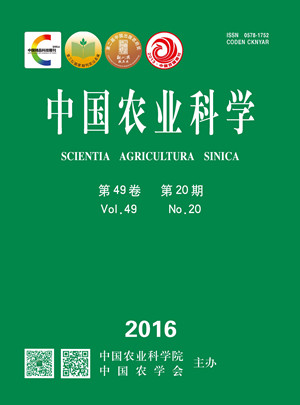【Objective】The objective of this study is to evaluate the effect of cefquinome sulfate intramammary infusion(dry cow) on the body temperature, milk yield per day, somatic cell counts and mammary microbiota of the health dairy cows.【Method】Six primiparous and multiparous healthy dairy cow were selected, which have not been treated with any antibiotics by systemic or intramammary administration 30 days before. They were fed with food and water without any antibiotics and under normal conditions. Rectal temperature, milk yield per day and somatic cell counts per quarter were recorded on 1 and 0 day before administration, and pathogenic bacteria were isolated and identified. After a single intramammary administration of Cefquinome Sulfate Intramammary Infusion (Dry Cow) to each quarter, milk yield was recorded on 1, 3, 5, 7 and 10 day after administration, rectal temperature per cow and somatic cell counts per quarter were recorded on 12 h, 3, 5, 7 and 10 day after administration, and pathogenic bacteria were isolated and identified on 10 day after administration. The data of rectal temperature, milk yield per day, somatic cell counts and pathogenic bacteria before and after administration were analyzed by SPSS software and the clinical symptom and adverse effects, such as red, swelling, heat and pain were observed continuously throughout the trial. 【Result】The average daily milk yield were 28.8, 27.7, 28.1, 28.7, 28.8, 29.2, and 29.6 kg on 1, 0 day before administration and 1, 3, 5, 7, and 10 day after administration, and it had no significant difference (P>0.05). The somatic cell counts per quarter at different time-points were all in the range of 300-500 thousand per milliliter. There were also no obvious difference in the average rectal temperature of 38.3, 38.4, 38.3, 38.3, 38.3, 38.2 and 38.3℃ at different time-points. The results for bacteria showed that totally 8 strains of E.coli, 5 strains of Streptococcus and 7 strains of Staphylococcus were isolated from the milk samples before administration, but only 1 strain of Streptococcus, 1 strain of Staphylococcus, and 1 strain of E.coli were isolated on 10 day after administration, and no new species of bacteria were found.【Conclusion】It was concluded that cefquinome sulfate intramammary infusion(Dry Cow) is safe for dairy cow, since it has no adverse effect on rectal temperature, milk yield and somatic cell counts.









